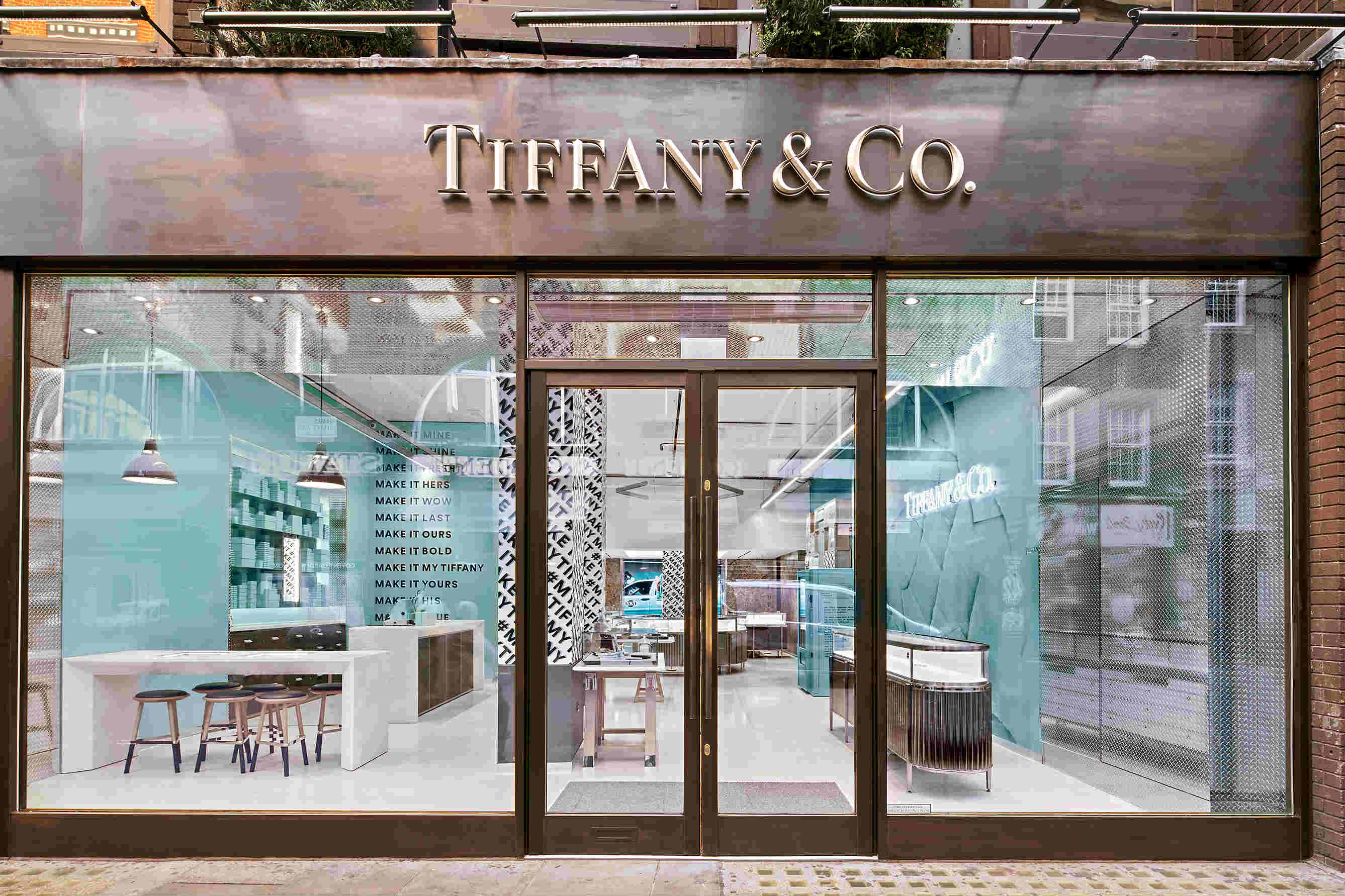
Here’s the thing: Your project proposal fee has absolutely nothing to do with its value.
In a previous post, I said that you should focus on the valuing you’re providing instead of worrying about how much you’re charging.
This is not a contradiction.
In Influence: The Psychology of Persuasion (one of my top five business books of all time, by the way), Robert Cialdini talks about very, very difficult it is for people to separate the presentation of a product or a service from the benefits of the product or service itself.
What does that mean?
What this means is that people are judging the value of your service based on the way that you present your service.
Read: Create Your Own InDesign Presentation Templates: 7 Quick and Easy Tips
Obviously, you want to make sure you are providing a good service, because otherwise, you won’t get referrals.
At the same time, you would also want someone else focusing on how to make your presentations as compelling as possible. Because again, this is what people are basing their judgments on whether your product or service is valuable to them.
It seems commonsensical to think that your fees are directly tied to the value that you are providing. However, nothing could be further from the truth. Your fees are actually tied to how you present that value.
Read: Construction Law: What You Need to Know About Scope, Price, Time, and Payment
Let me give you a couple examples. Recently, I was in Chicago and I noticed that they’re remodeling one of Tiffany’s flagship stores. And if you’ve ever been in a Tiffany store where they sell this very high-end jewelry, you know that it’s a complete, immersive experience.
You walk into the room, you have the vaulted ceiling, you have the beautiful display cases of high-end jewelry that are fancifully lit.

You have very well-dressed and elegant sales consultants who will approach you and ask you what you’re looking for, there’s soft music playing. And if you happen to be someone that they know, they’ll actually take you to another room upstairs, where you’re going to have a nice seating area and they’ll bring out specialty pieces that aren’t even on display.
It’s easy to see how someone can go to Tiffany and easily spend $50,000 or $100,000 or $500,000 for a piece of jewelry.

Now, I want you to compare that with a jewelry store that’s in your local mall right now. They may have jewelry similar to Tiffany’s that they may be selling for $10,000. It may not be exactly the same, but very similar.
Here, you seeing a 10x difference between what Tiffany is charging versus what your local jewelry store is charging. But what’s the difference between these two?
Again, it’s not in product. In our case, it’s not in the service. It’s in the presentation of that product (or again, in our case, of the service).
Here’s another example, and this is actually from Robert Cialdini’s book, Influence: The Psychology of Persuasion.
He opens the book talking about how he’s very interested in social dynamics, how pricing influences selling, and persuasion psychology. One day, he got a call from a shop owner or a personal friend that he knew who ran a shop selling turquoise jewelry. And she told him a story about how one time, she was rushing out of her store, on her way to vacation.
As she was leaving, she told one of the store associates to mark down a whole section of jewelry that hadn’t been sold. And so basically she said, yep, I’m going to mark this whole section 50% off. So she went on a vacation, and to her surprise, when she came back, everything was sold!
She thought, well that’s great! They’d gotten rid of that jewelry that they couldn’t sell just a while ago. However, what she was surprised at was that it had sold at twice the normal price. In her rush to get out, the associate had had misinterpreted “half price” for “double price.” And basically everyone thought that the jewelry in that case was twice as expensive as it was marked.
Now here’s the key: Sometimes, something as simple as how much something costs influences our perception of the quality and the relative value of that thing. This is actually a good reason for pricing your services on the top end of the market to be seen as a premium. We’re not trying to be the cheapest. We do charge premium fees, but we deliver premium value, right?
And then we’ll have the presentation to back that up and to show why there’s a greater value there. Because again, people are actually judging you based upon the presentation of your value, not the actual value.
Read: Brainstorm Interior Design Presentation Boards on a Tight Deadline
I know it’s weird. But think about it: How can you possibly really ever explain to someone the actual value of what you’re providing? It’s all supposition, right? So all they can base it on is the presentation of how you present your value.
This post is an excerpt of a webinar and podcast by Enoch Sears, hosted by Fohlio Inc. You can watch the complete webinar with visual aids here, or listen to the complete podcast here:
Subscribe to our podcast here!
Fohlio helps you put together service and job site packages more easily, calculate cost and profit, and deliver more projects in less time. Check out our features here. Schedule a demo here.
Expore Fohlio
Learn how to:
- Save days of work with faster specification
- Create firm-wide design standards
- Automate and centralize procurement
- Keep your whole team on the same Page
- Manage product data
- Track budget against cost in real time.
- Prepare for asset valuation
Published Jun 17, 2019

